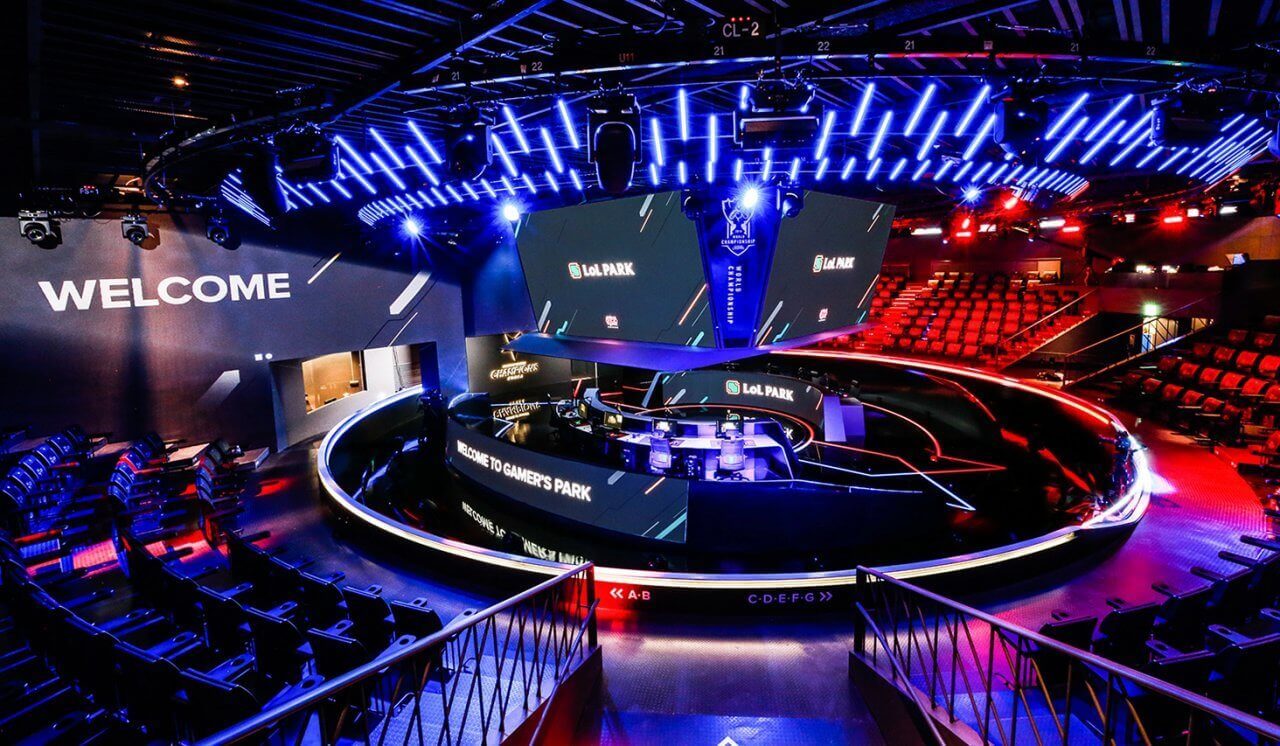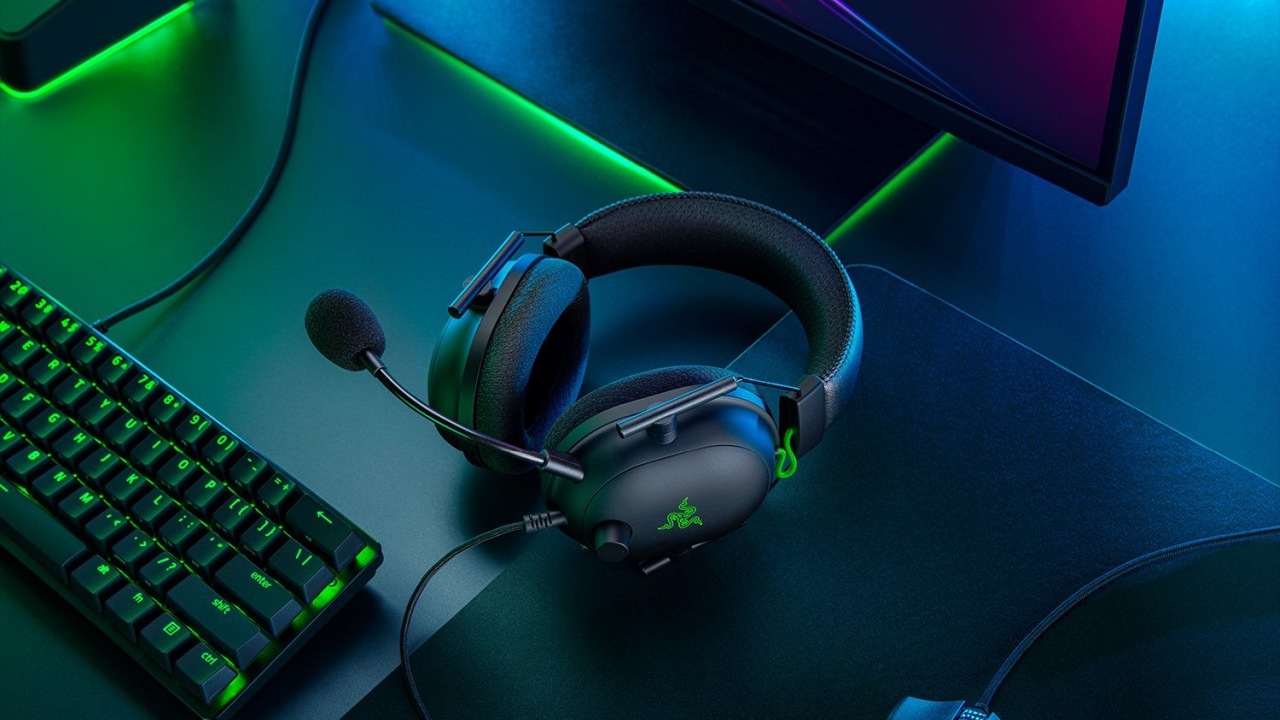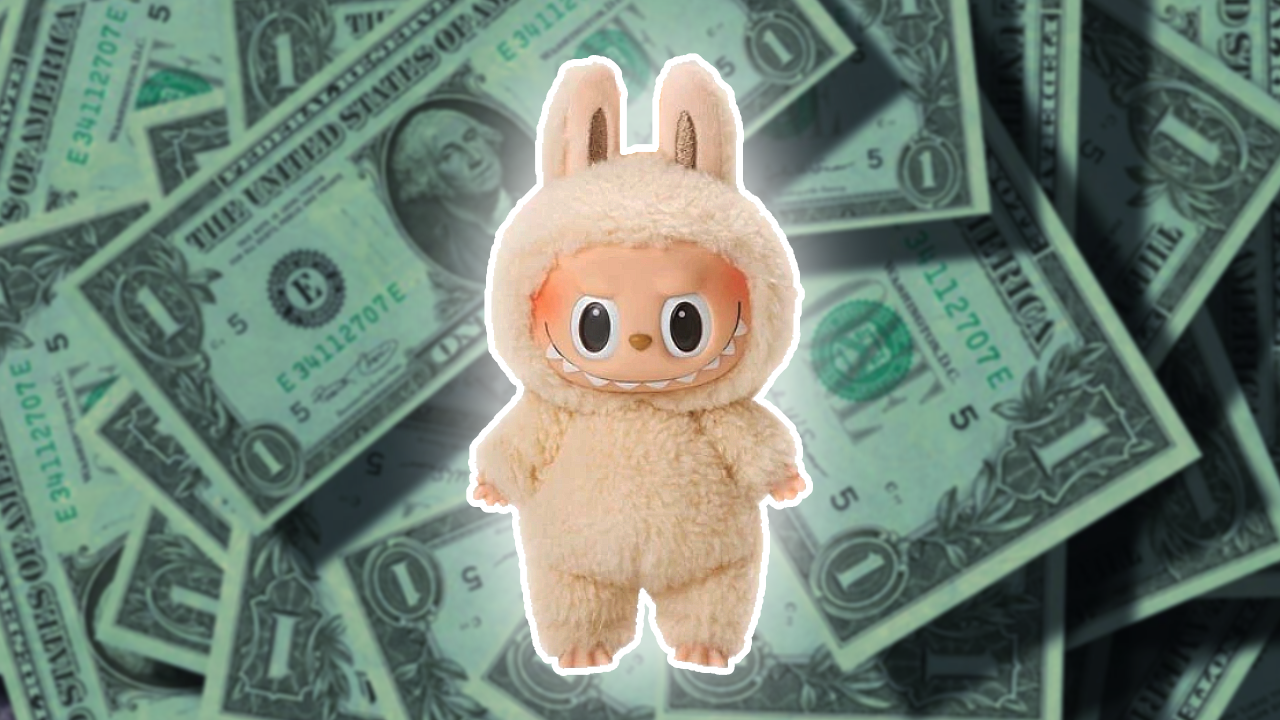A toy so hot, even banks are handing it out to lure customers...
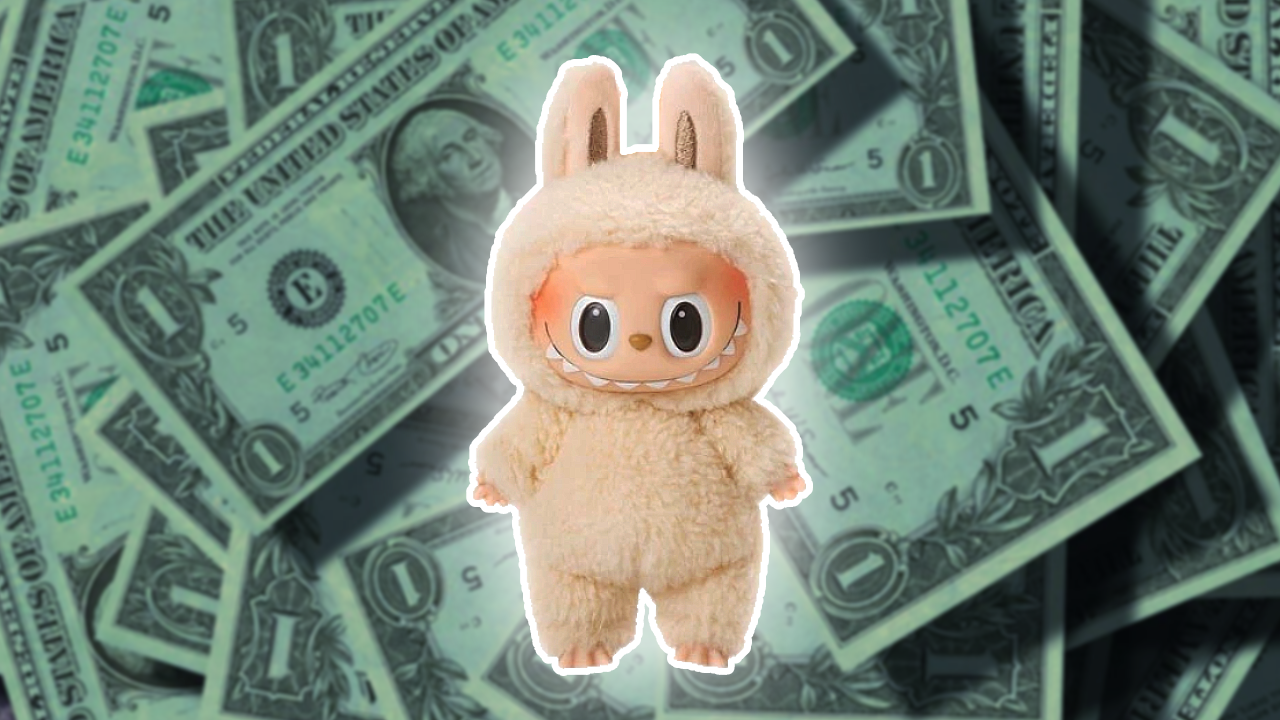
In a country where interest rates are low and competition for deposits is fierce, some Chinese banks have turned to a surprising strategy to attract savers: Labubu dolls.
The quirky, wide-eyed figure – created by Hong Kong artist Kasing Lung and popularized by collectible toy giant Pop Mart – has become one of the most sought-after figures in Asia's booming designer toy market.
Labubu As A Bank Bonus
In early 2024, the Shenzhen-based Ping An Bank launched a highly unusual promotion: open an account, deposit 50,000 yuan (~$6,950/€6,030) over three months, and receive a Labubu doll.
The campaign was an instant viral hit on Chinese social media platform RedNote, especially among Millennials and Gen Z collectors who saw it as an opportunity to get their hands on the sought-after figure – while saving money.
Some users even reported signing up solely for the toy.
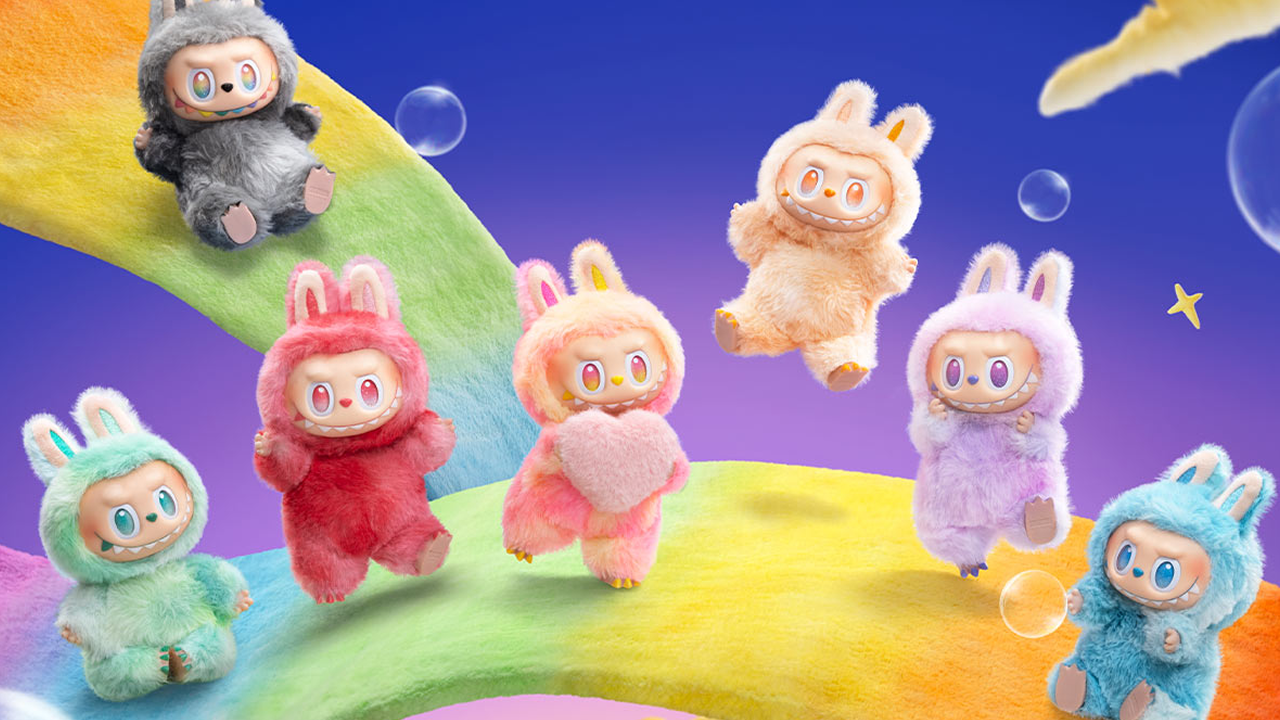
After all, in the booming secondary market, rare Labubu figures can resell for more than 24 times their original price, with some fetching $3,000 or more in Hong Kong and mainland China. One limited edition – “Zimomo x Labubu: I Found You” – retailed for £164 in the UK and later changed hands for over £1,000.
The bank had tapped directly into a cultural craze – and it worked.
Regulators Say: No More Labubu
But the excitement didn’t last. China’s National Financial Regulatory Administration quickly intervened, announcing that banks should not offer non-financial perks, including toys, as incentives for deposits. The regulator’s response was swift and sweeping: not only were Labubu dolls banned from future promotions, but gifts like rice, home appliances, and online memberships were also outlawed.
So Valuable, It’s Worth Smuggling
Labubu’s explosive value hasn’t just drawn in collectors – it's attracted smugglers. In a surreal twist, Chinese customs officials at Changsha Huanghua Airport recently intercepted a suspicious shipment not of drugs or weapons, but of plush toys.
According to authorities, three passengers attempted to smuggle dozens of Labubu dolls into the country, tightly packed into suitcases and not declared at customs.
The cultural value of Labubu keeps rising.
At Yongle’s 2025 Spring Auction, a 131cm mint-green Labubu statue sold for 1.08 million yuan (approx. $150,000).
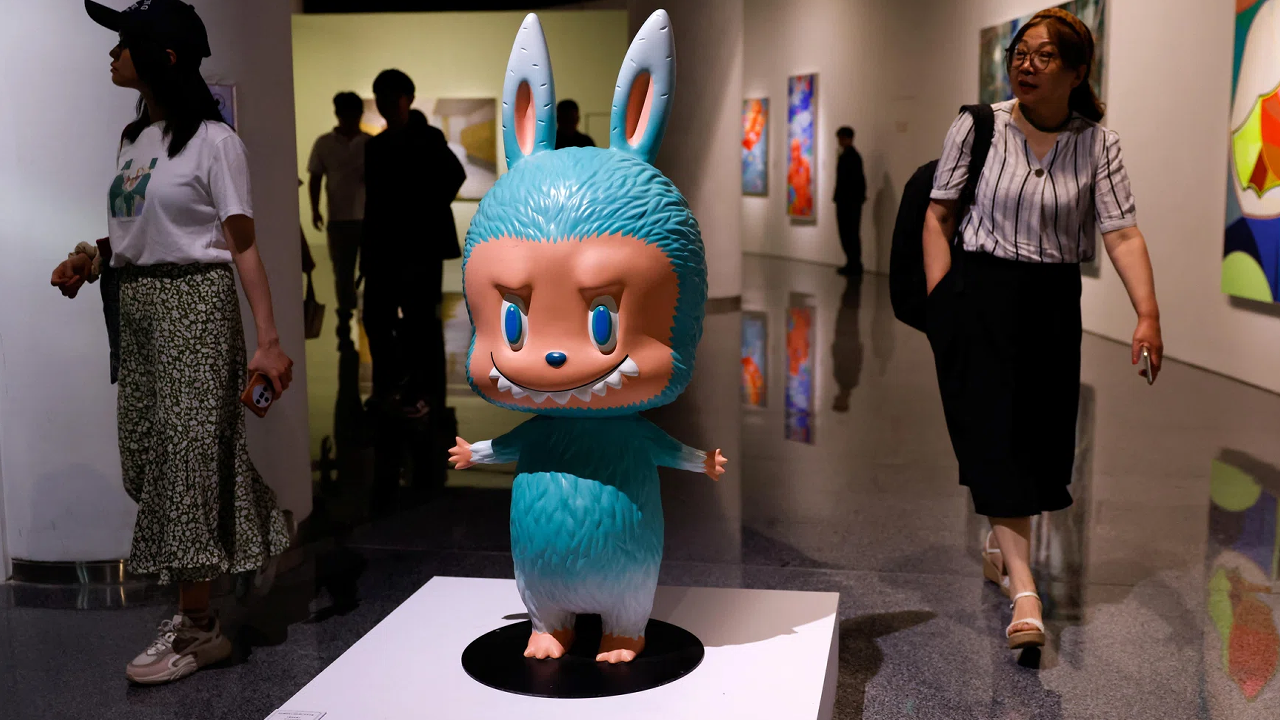
According to travel insurer PassportCard, one in three Millennials or Gen Zers has even considered taking out travel insurance for their Labubu figures when taking them abroad.
The Bigger Picture: How Did a Toy End Up Here?
To understand the strategy – and the backlash – you have to understand Labubu’s rapid rise.
Labubu figures began going viral in early 2024 after BLACKPINK’s Lisa showcased the doll as her favorite collectible. Soon after, Rihanna was photographed with a Labubu keychain attached to her luxury handbag, helping the toy cross into global fashion culture. Since then, they have been attached to luxury bags and sold out constantly.
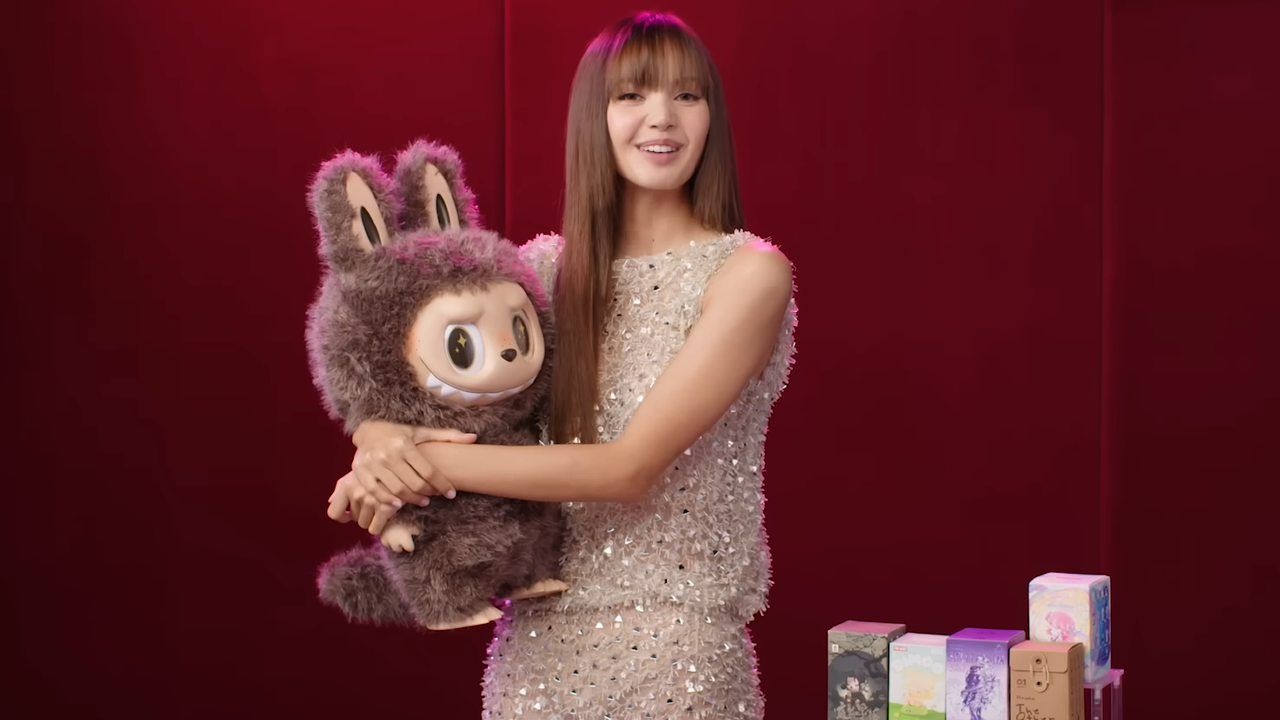
Labubu’s success isn't random. It sits at the intersection of several powerful cultural trends: the rise of blind-box toys, the collector economy, the influence of celebrity-endorsed microtrends, and the growing appetite for nostalgia-infused design.
Similar to Japan’s Sylvanian Families or Kidrobot’s Dunny figures, Labubu taps into a generation’s desire for small, physical objects that carry personal – and now, monetary – value.
A Toy That’s Bigger Than Banking
While the Ping An promotion might have been shut down, it reflected a larger trend in how cultural icons are being used to drive real economic behavior. Banks were betting that Labubu could connect with younger consumers in ways that interest rates and savings plans simply don’t.
Turns out, the plushie market is giving traditional banking a run for its money...






























